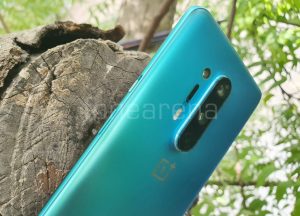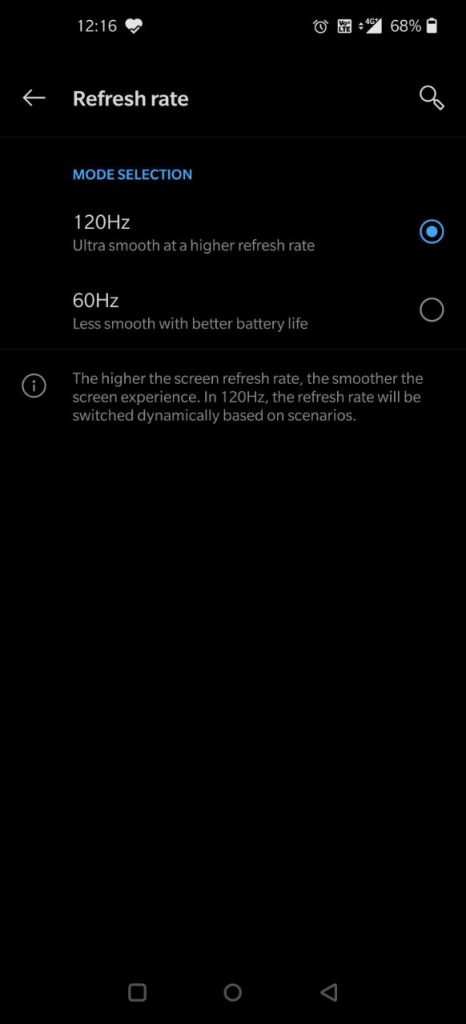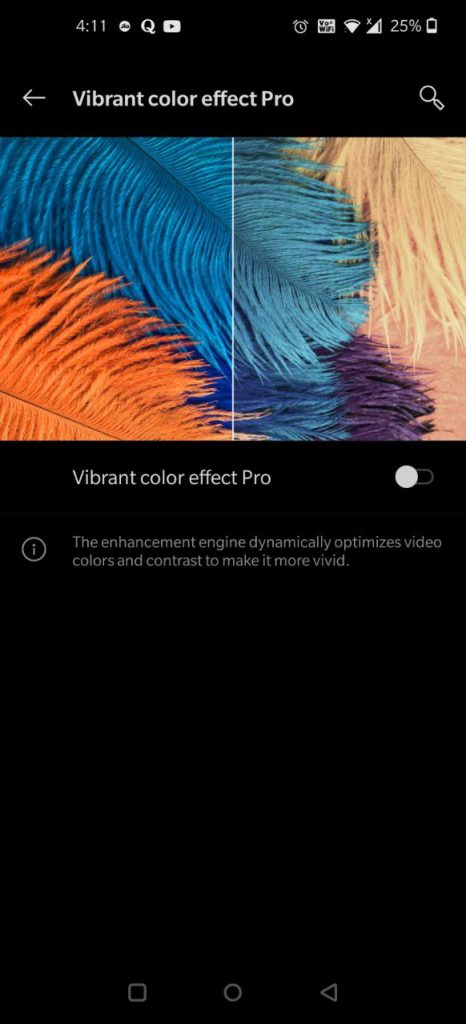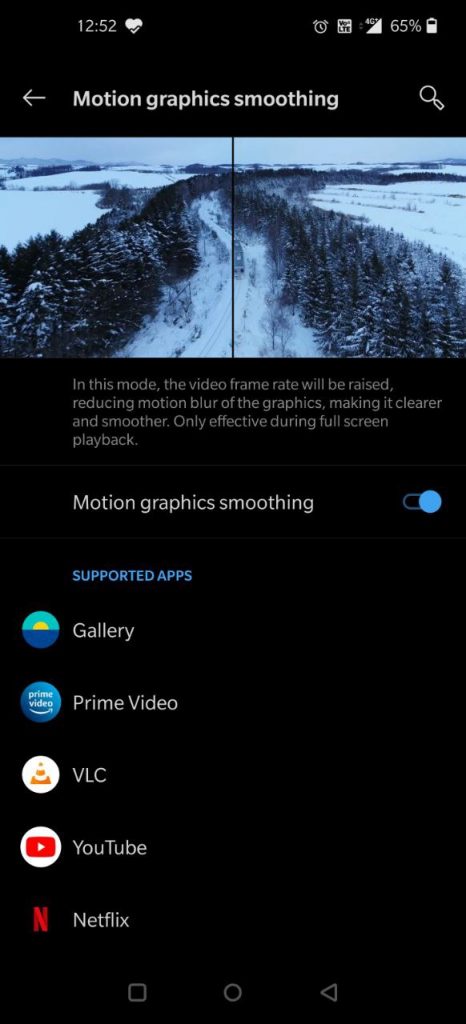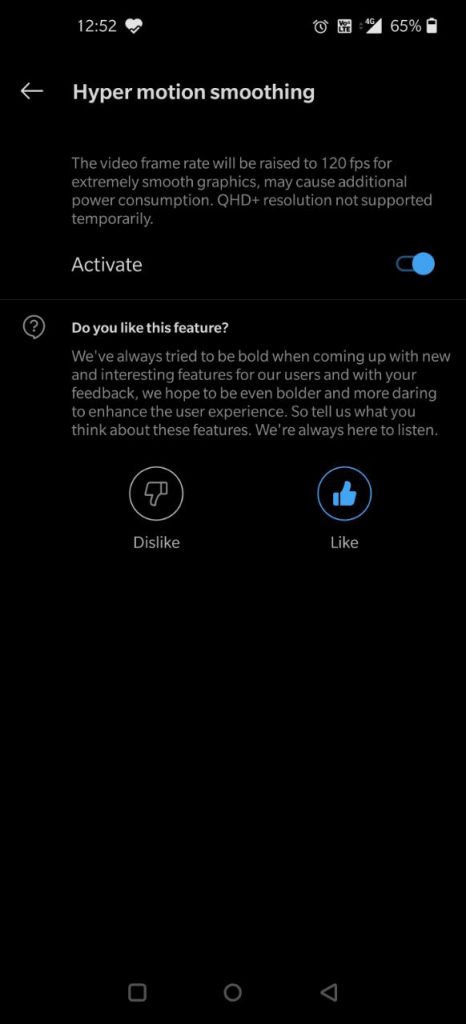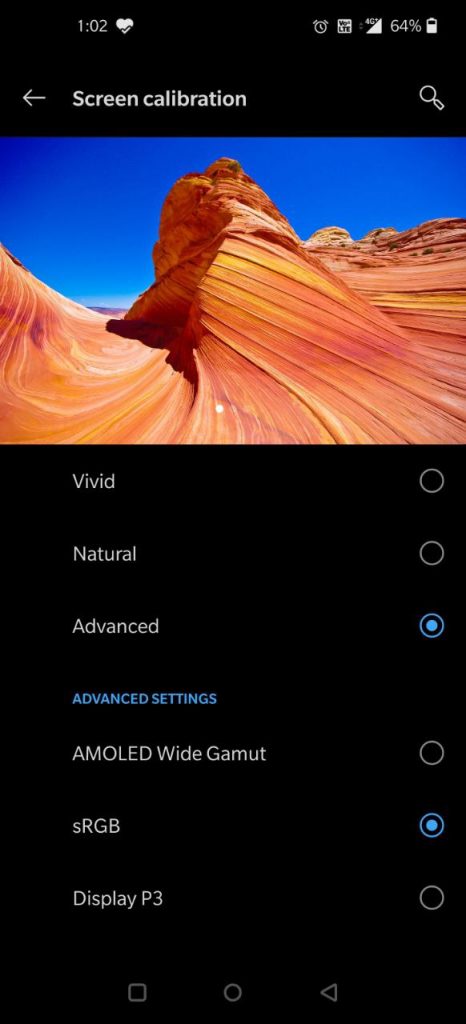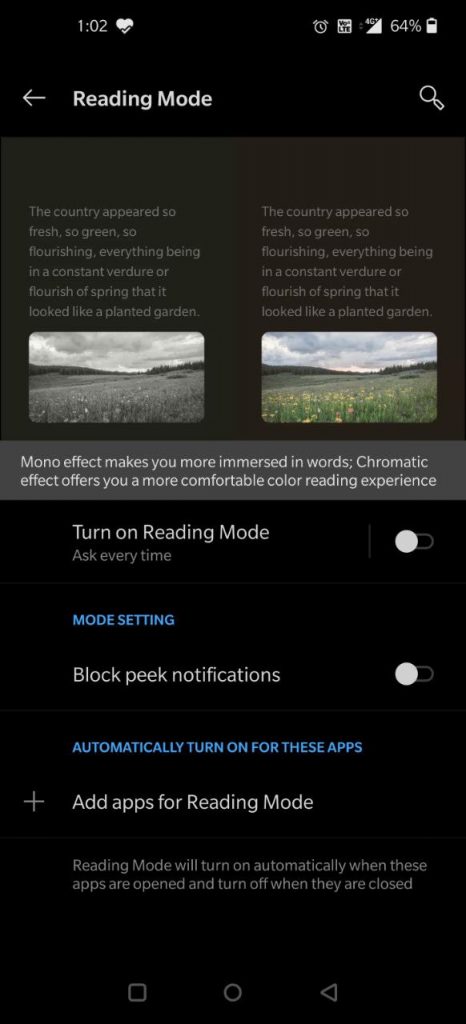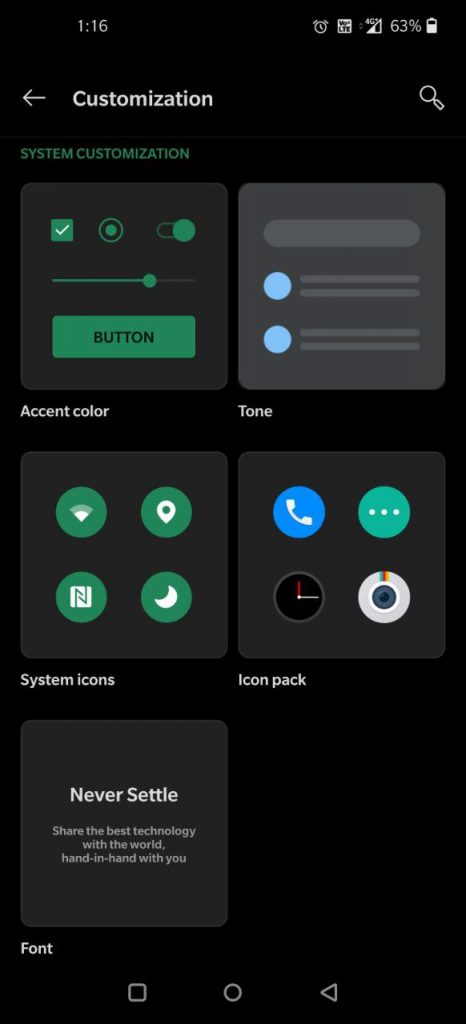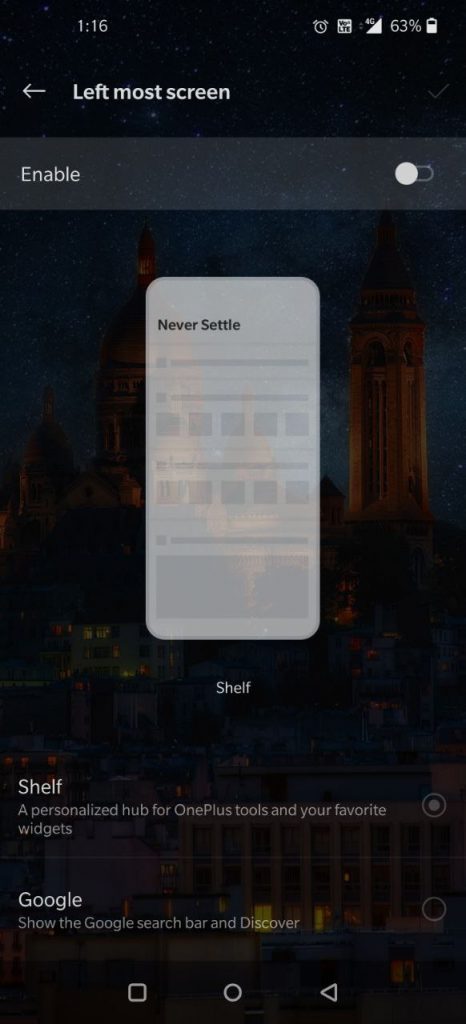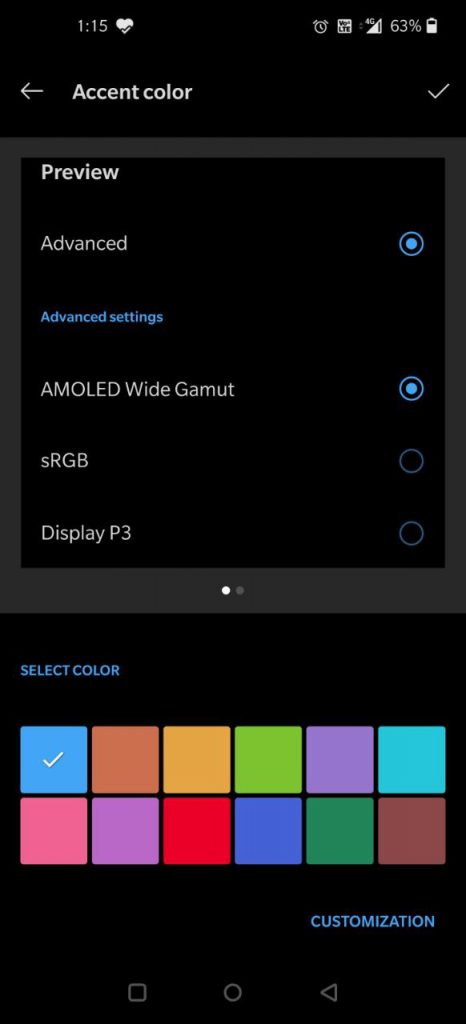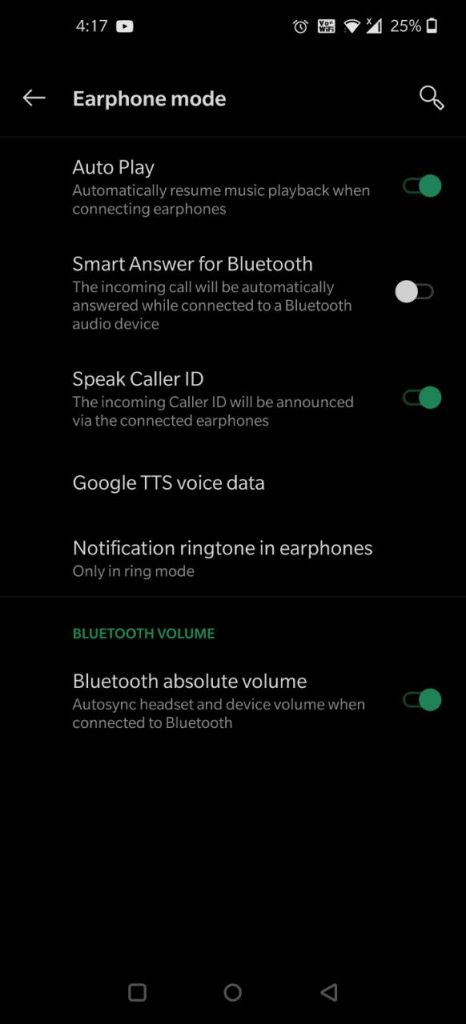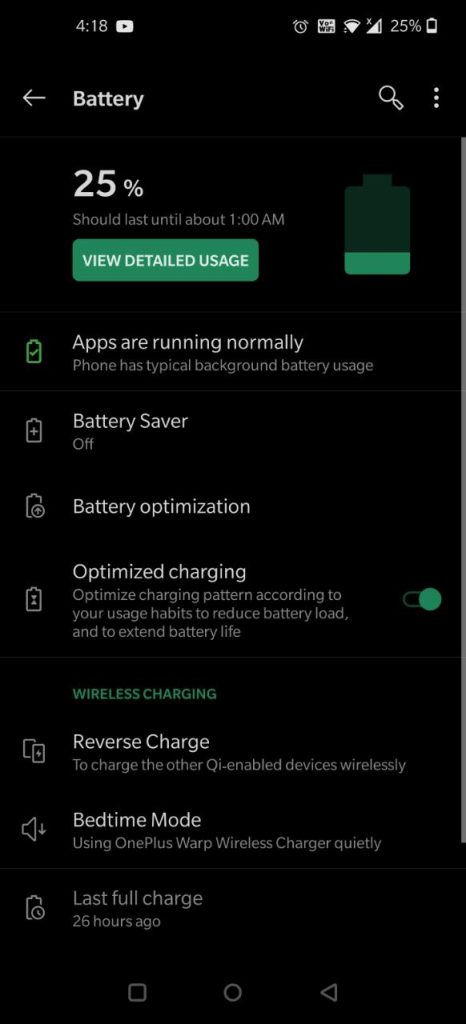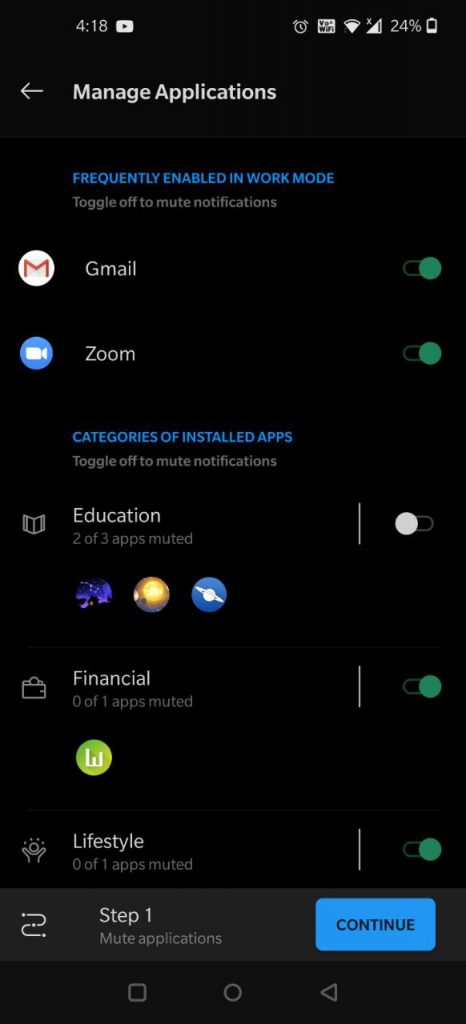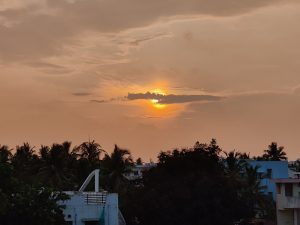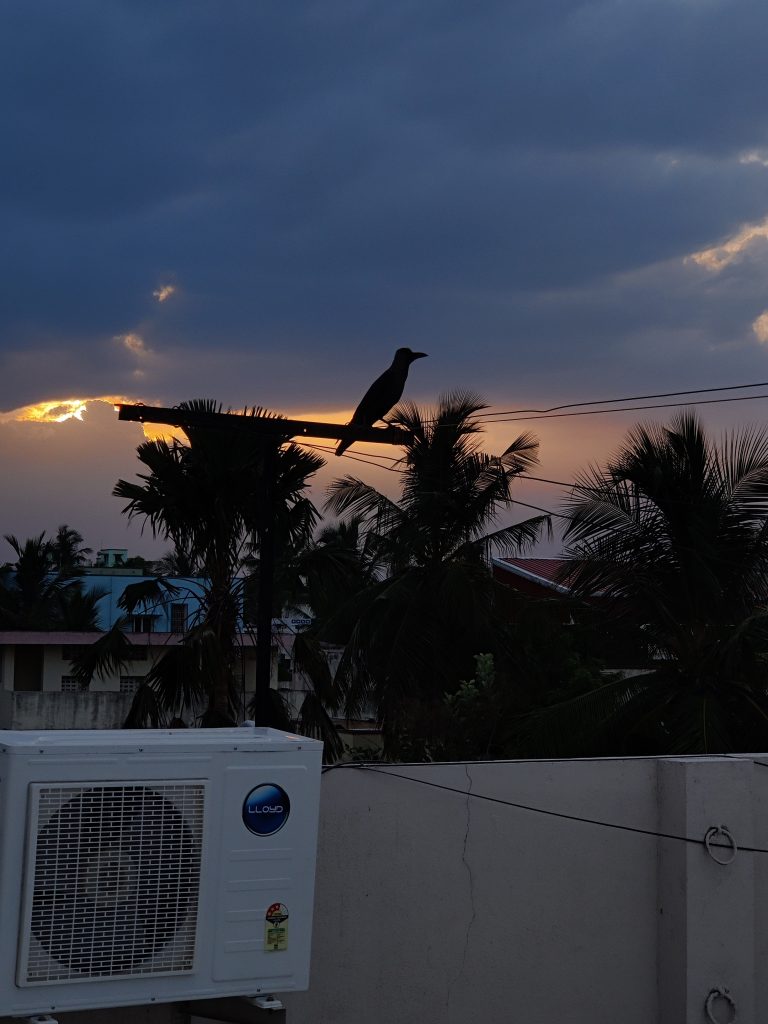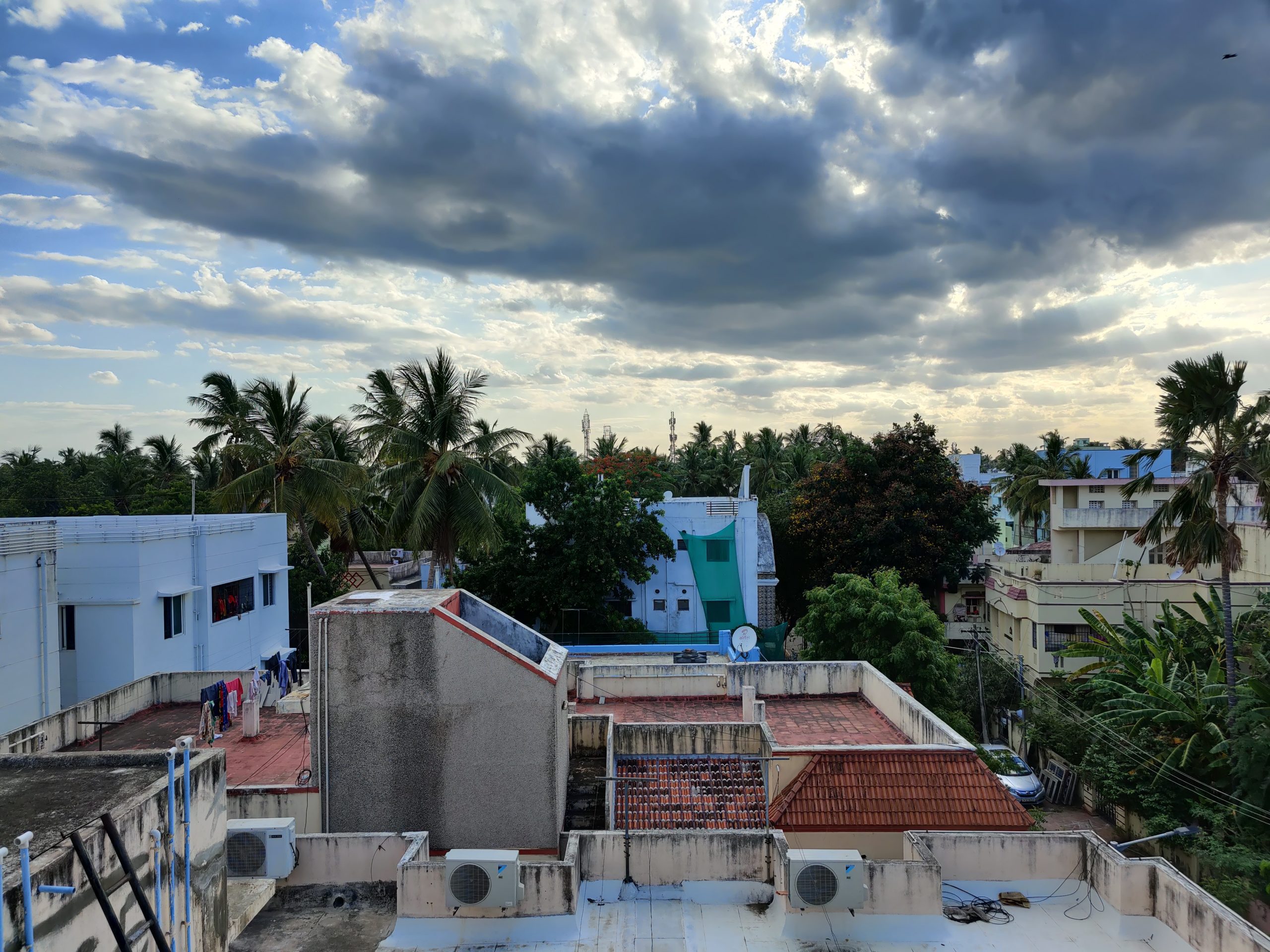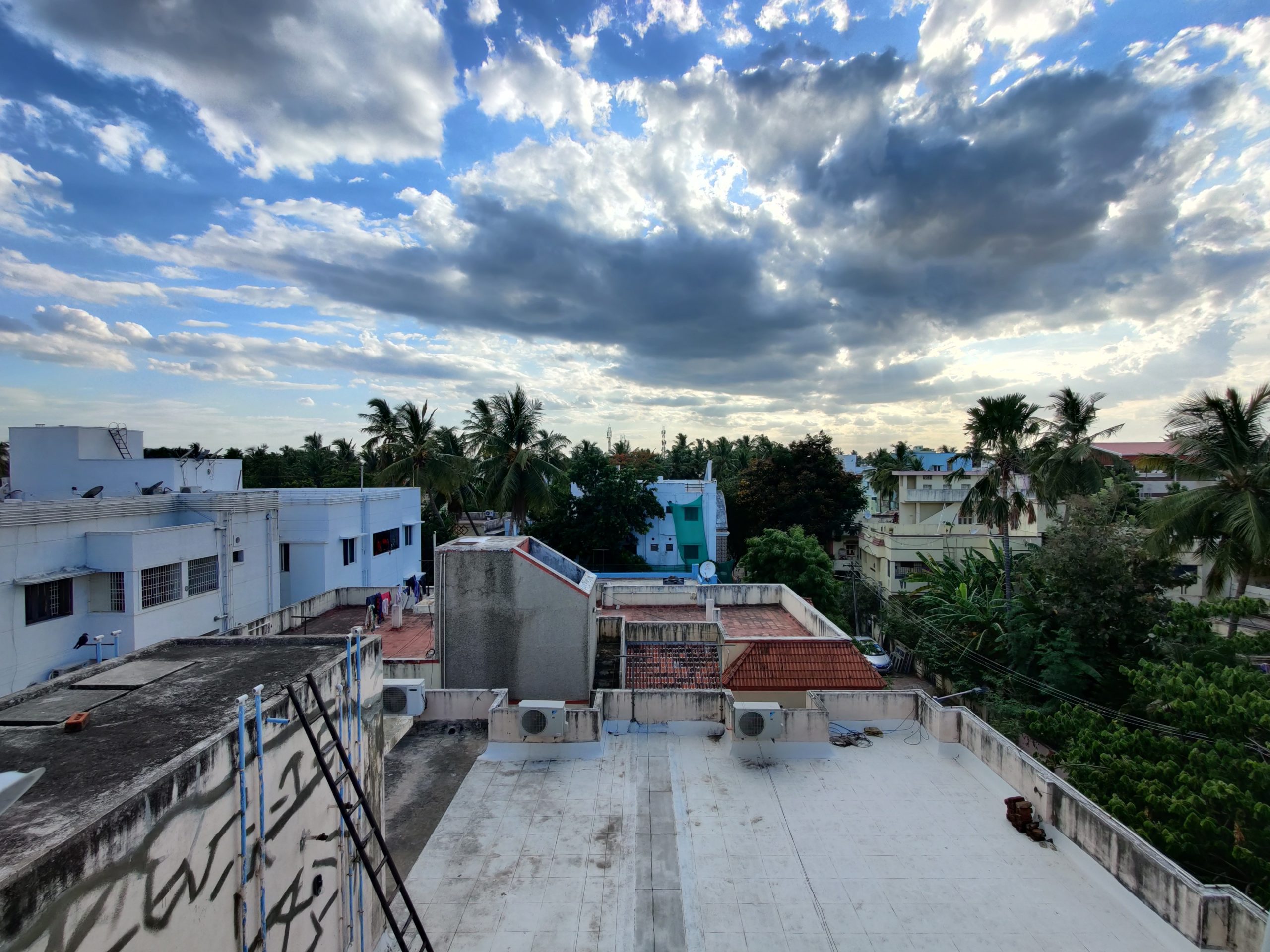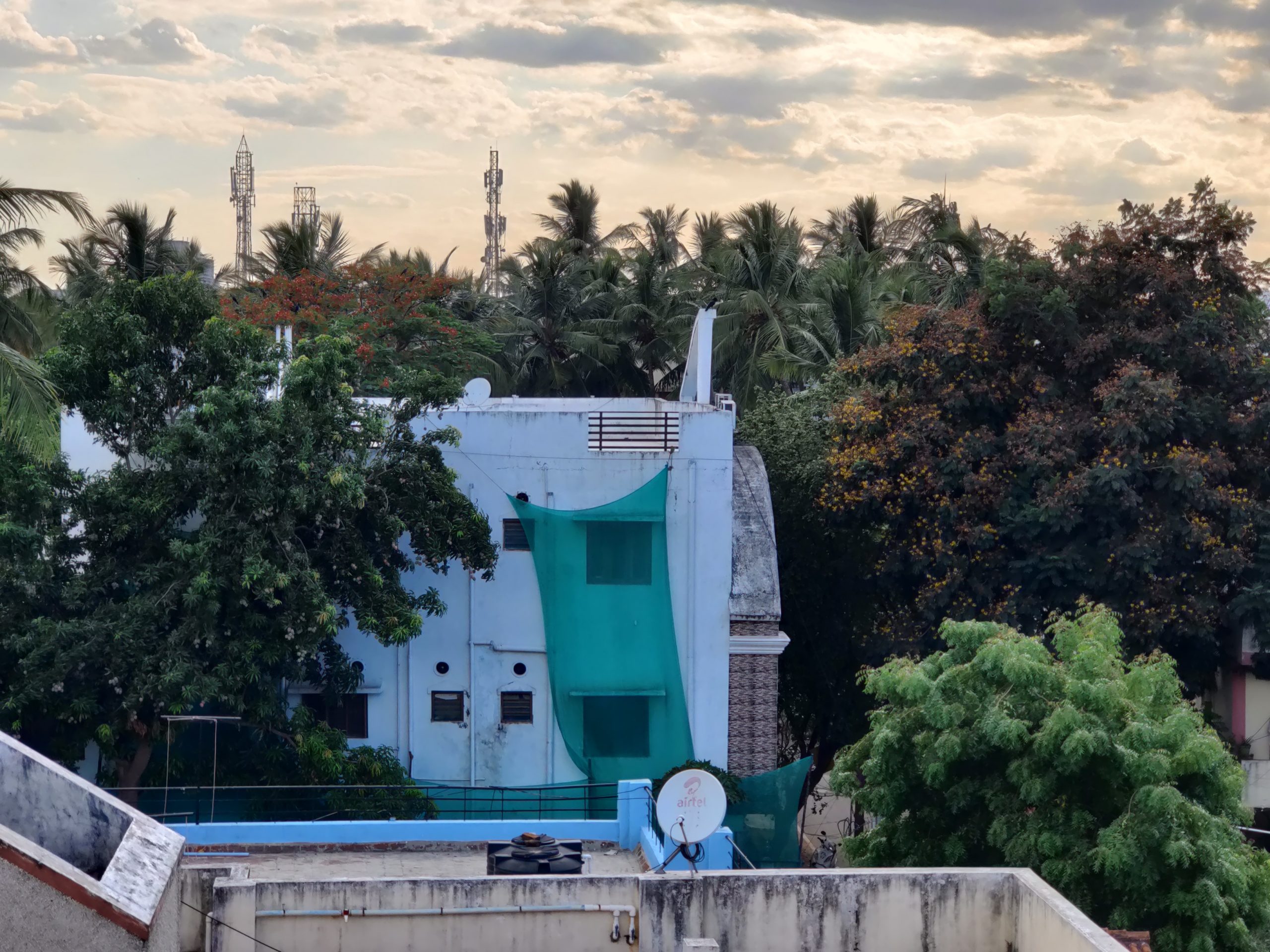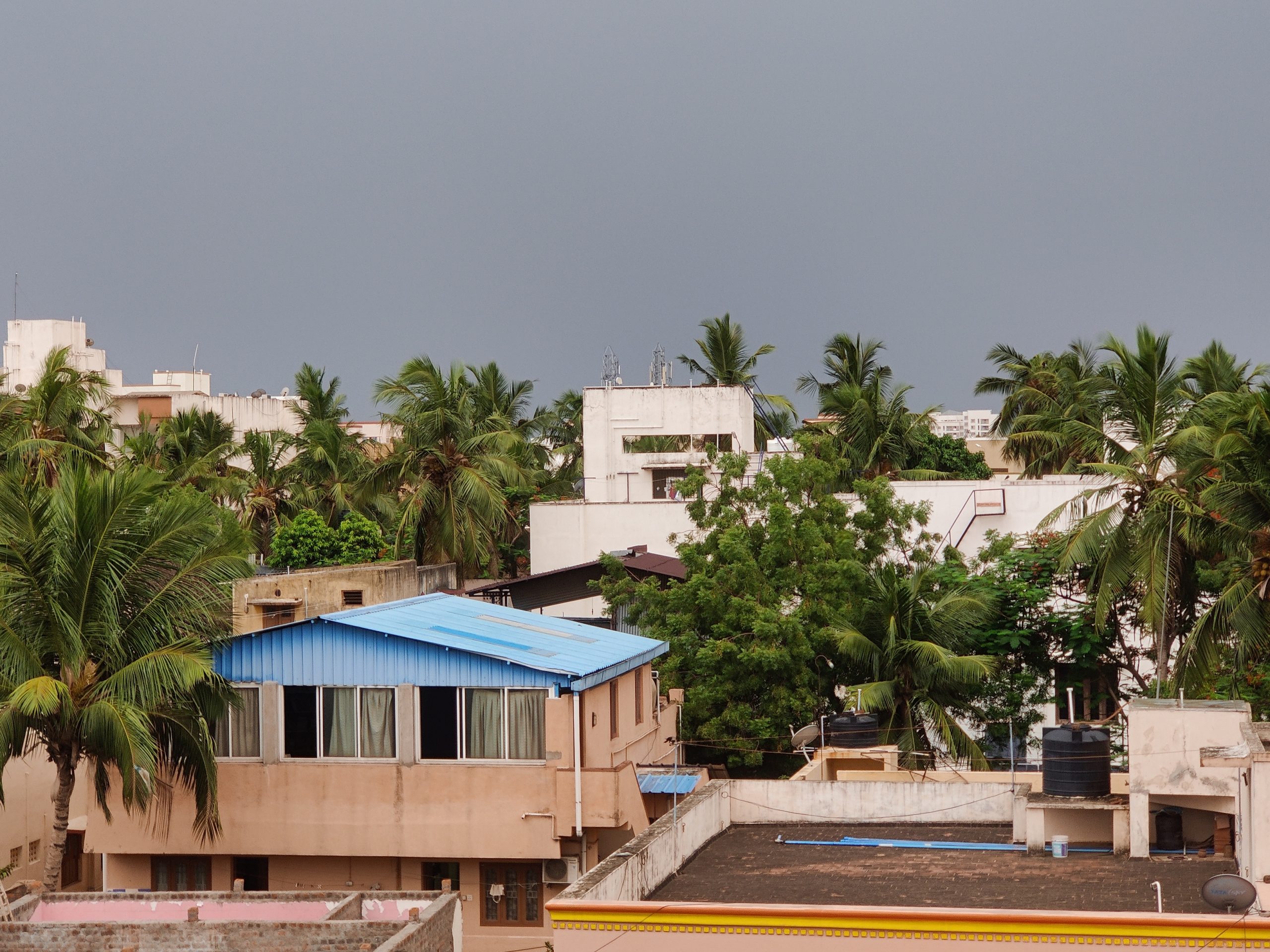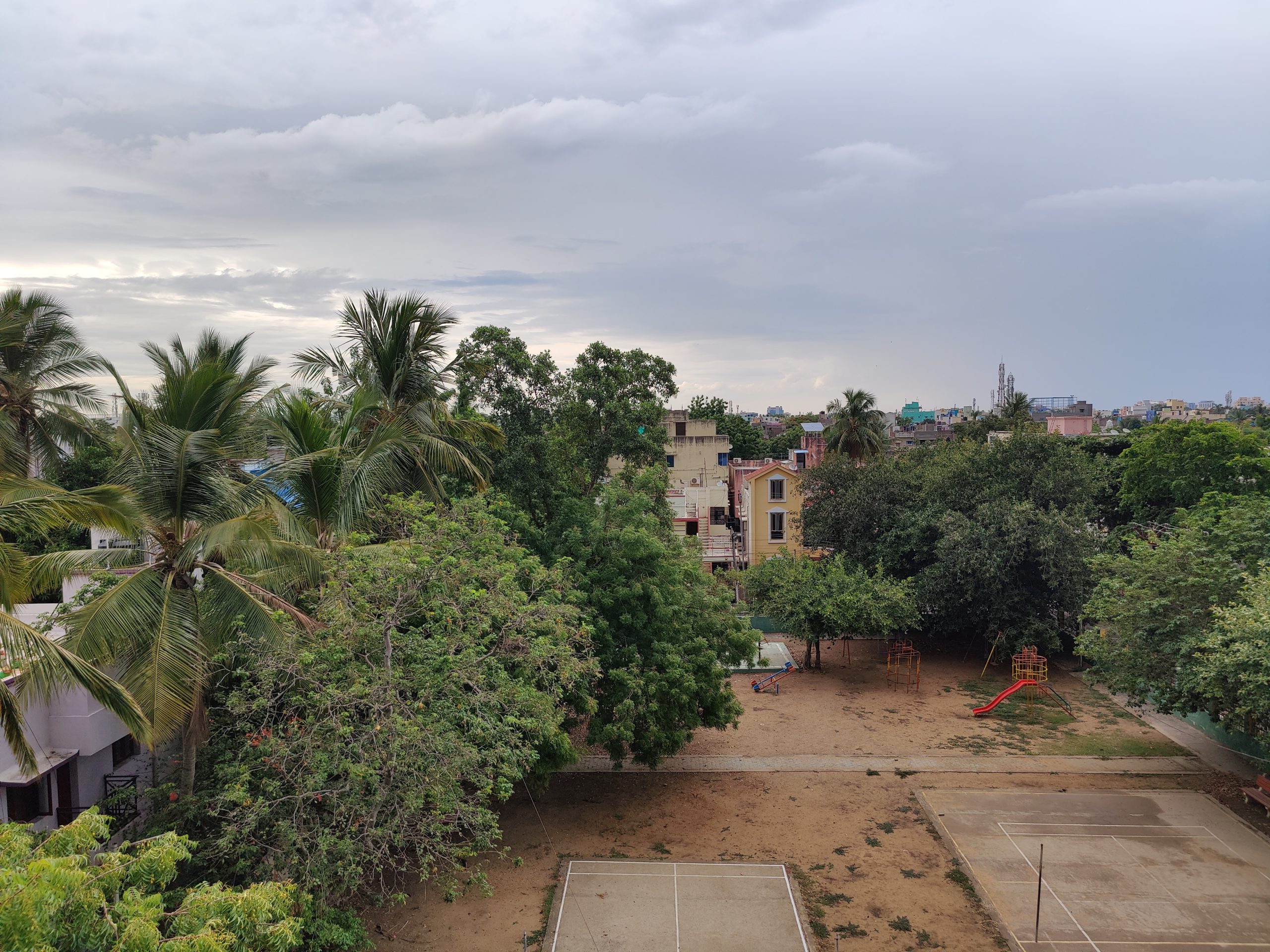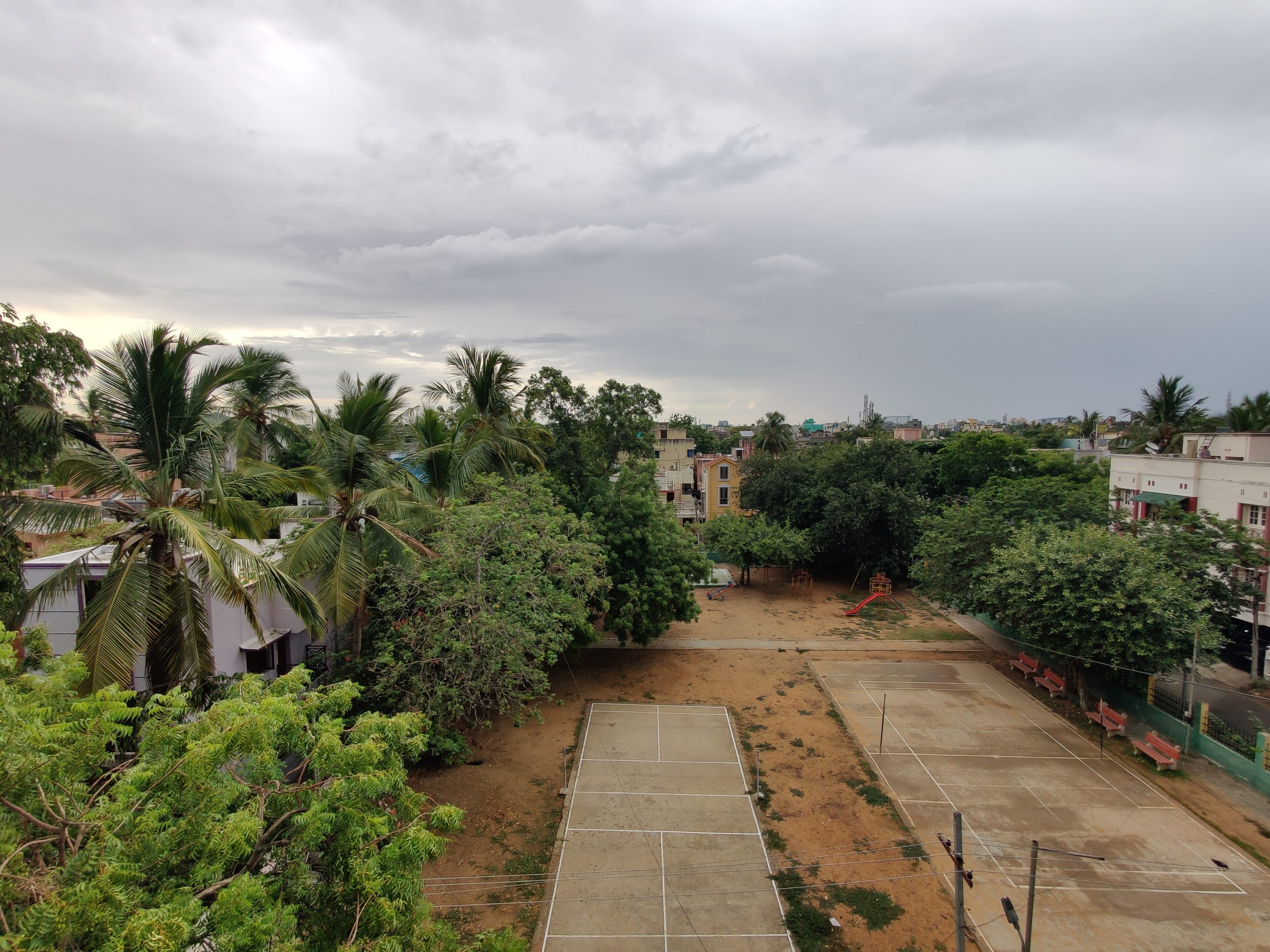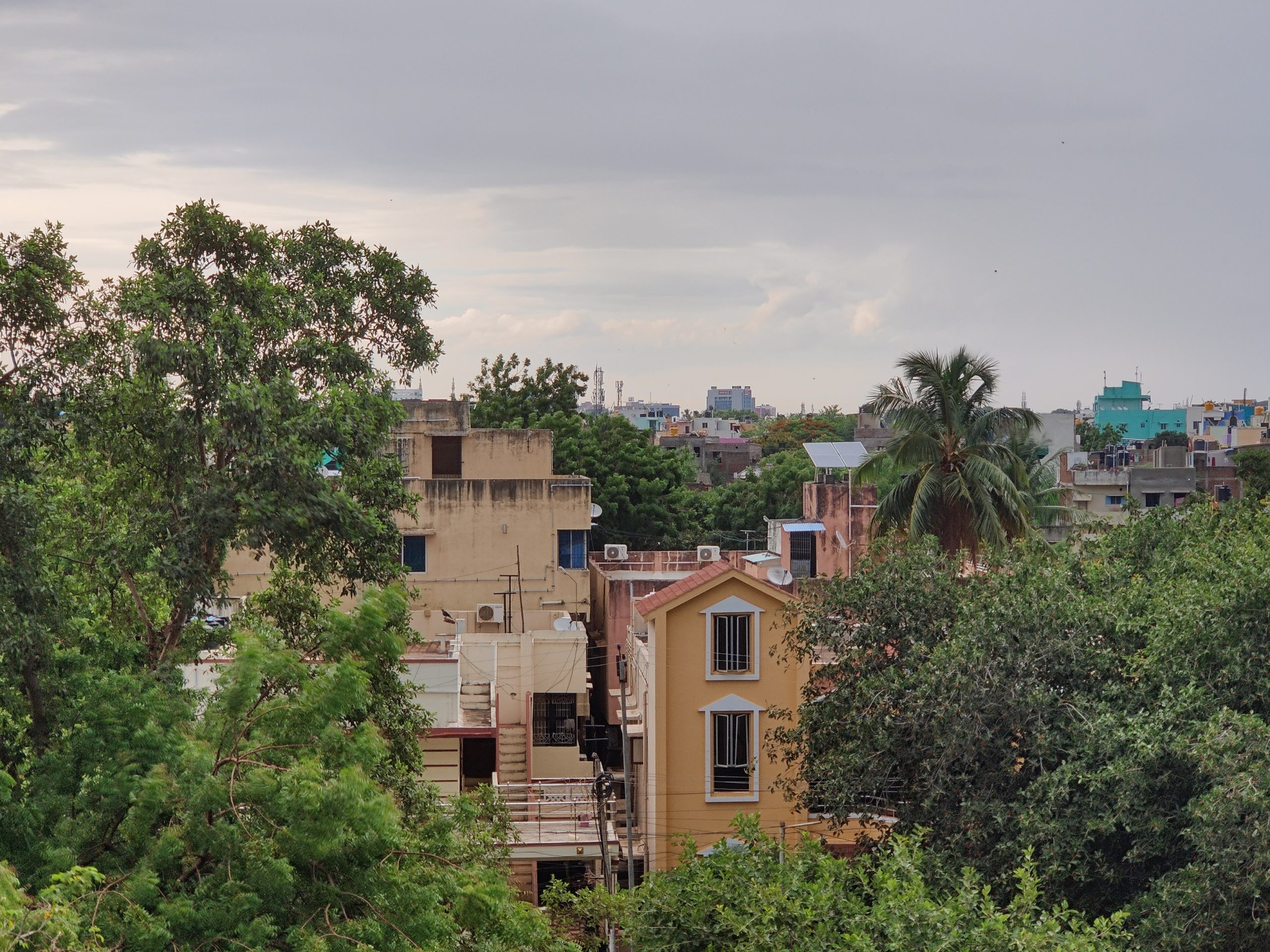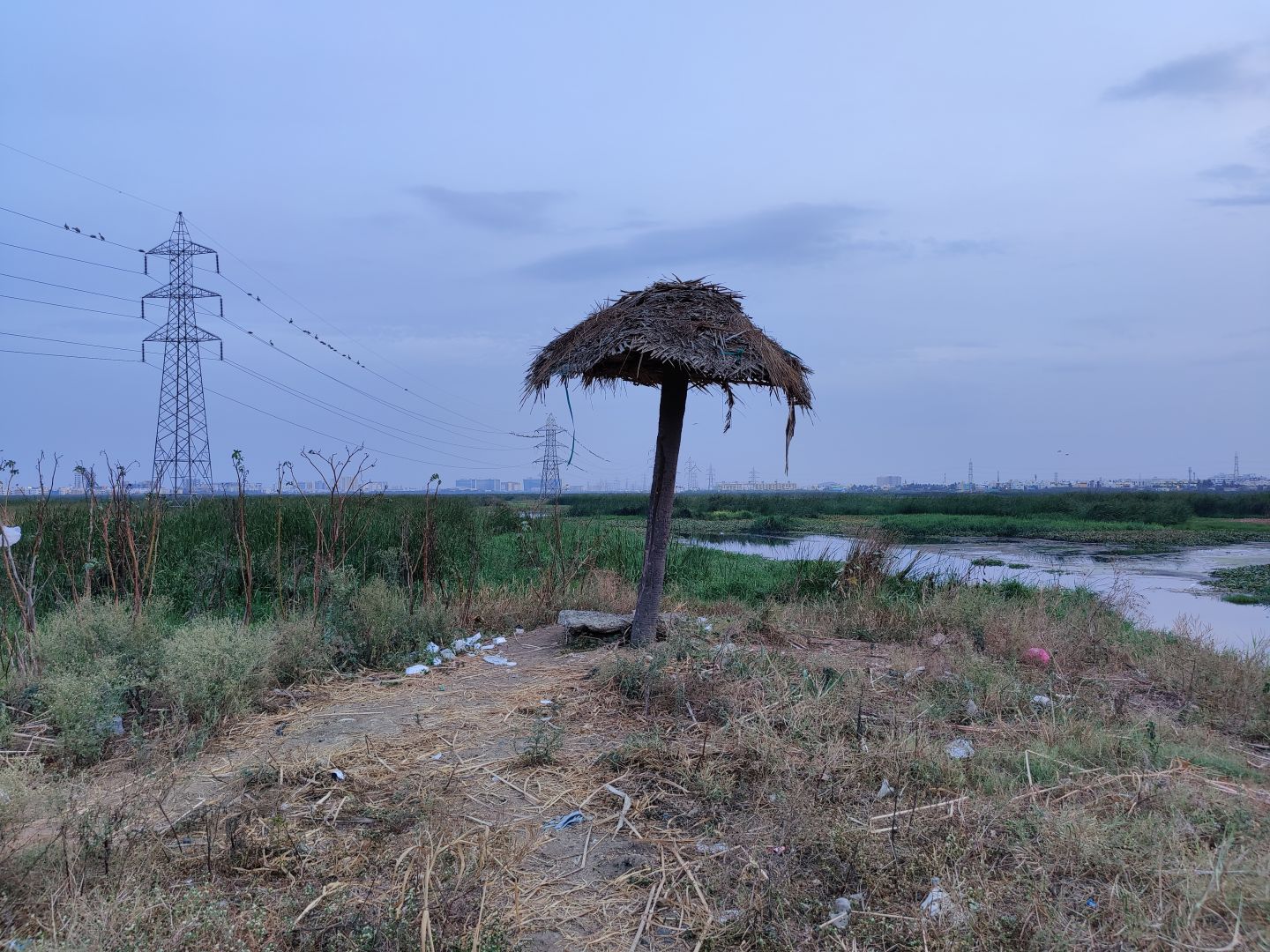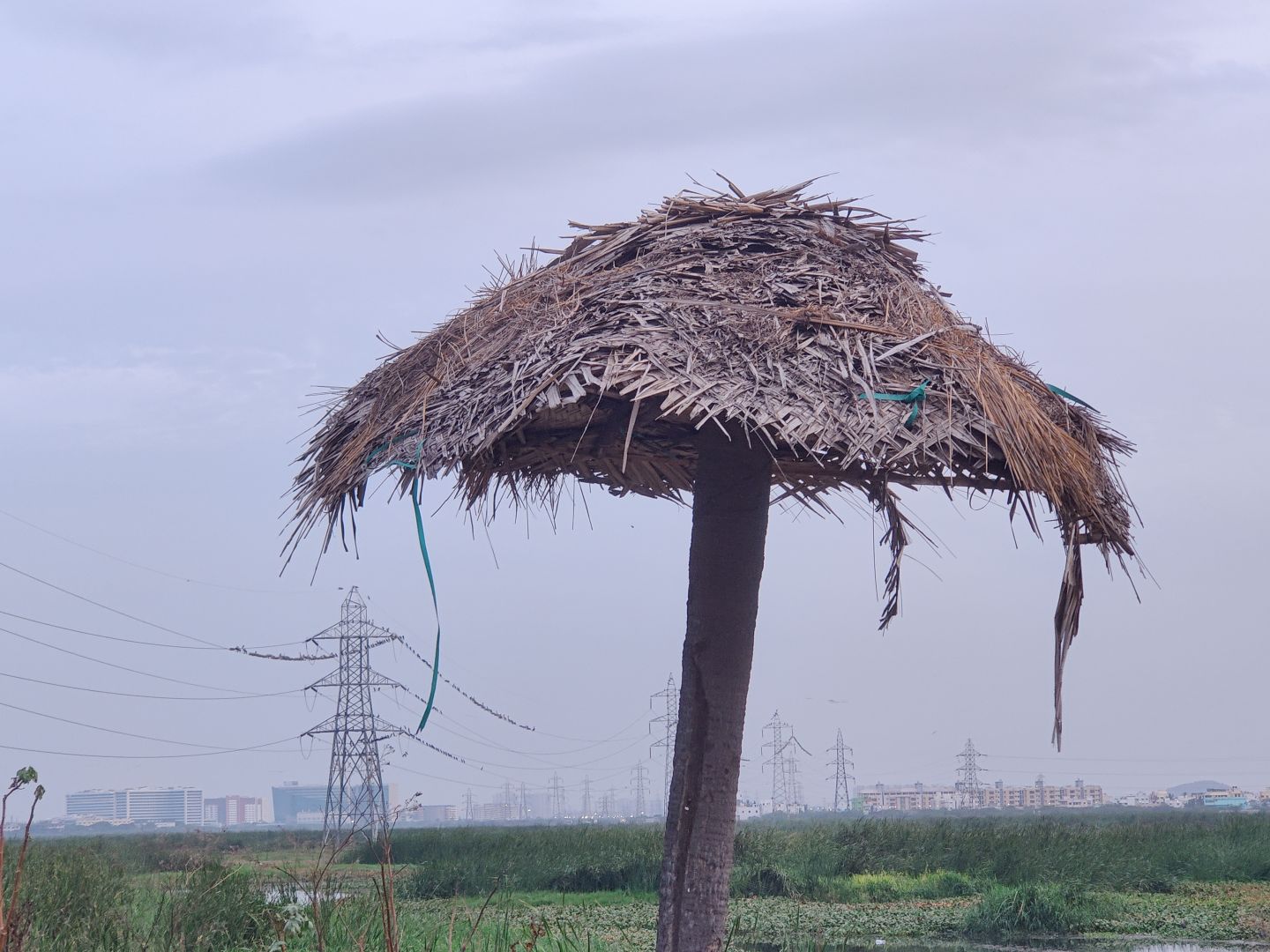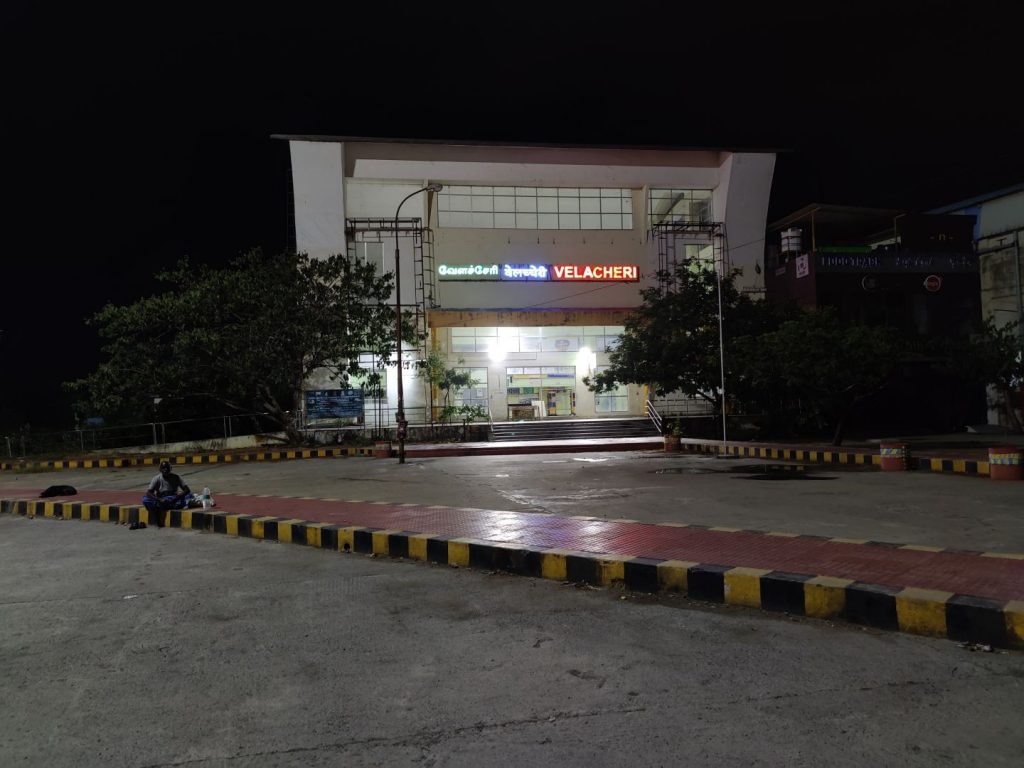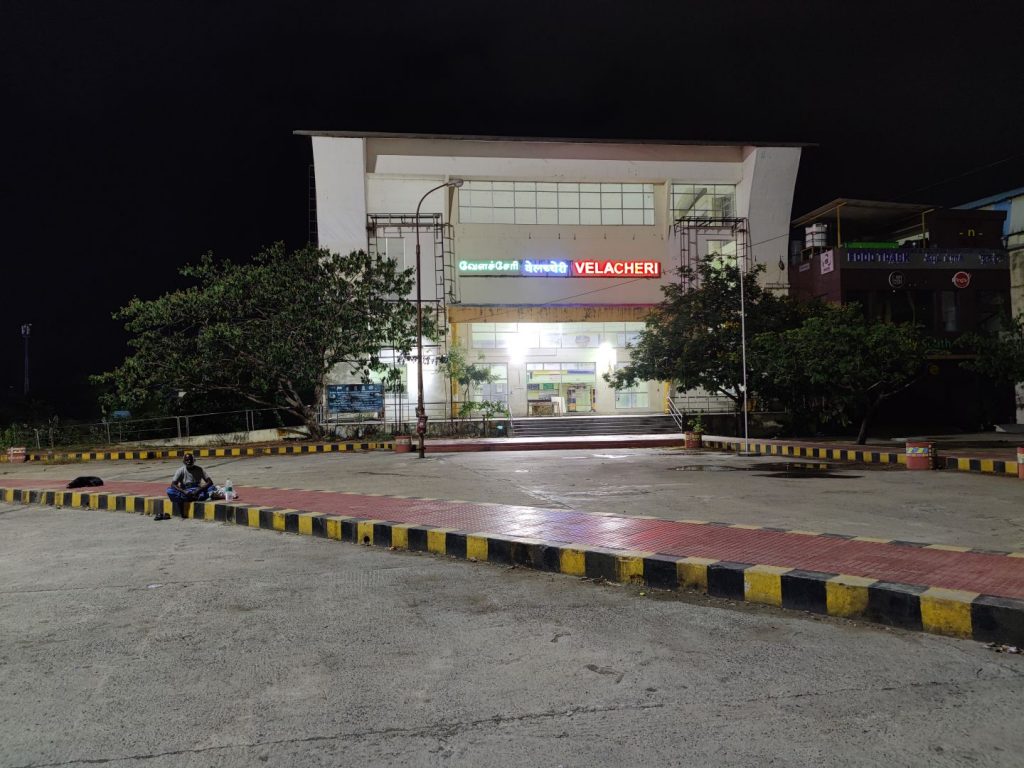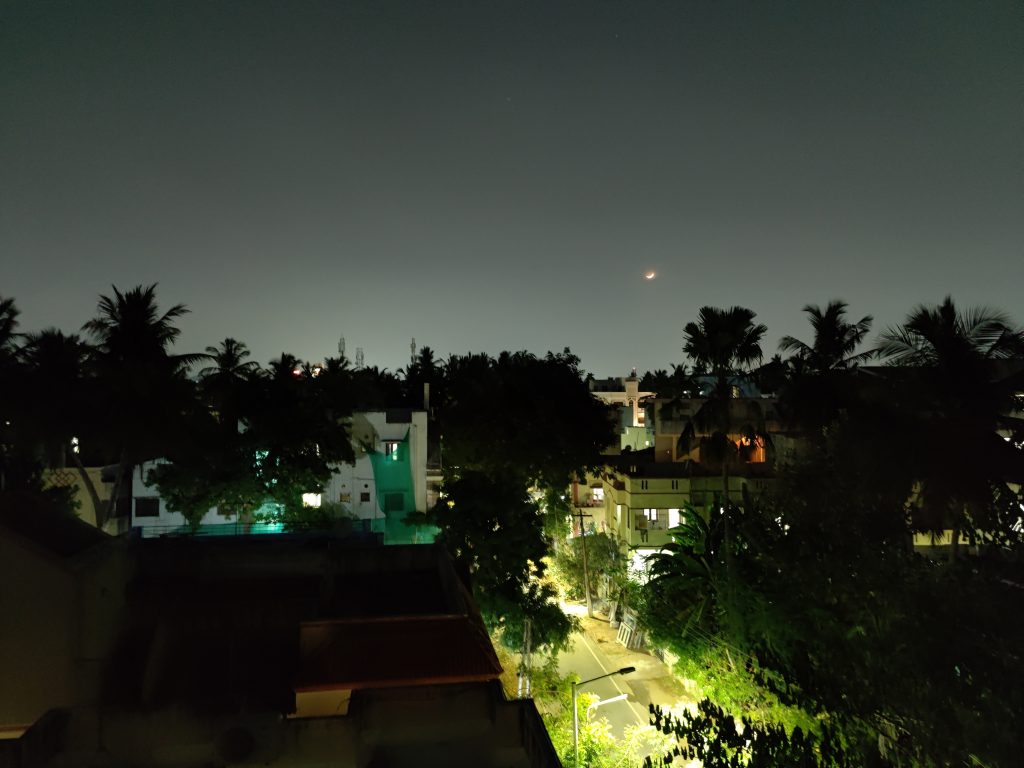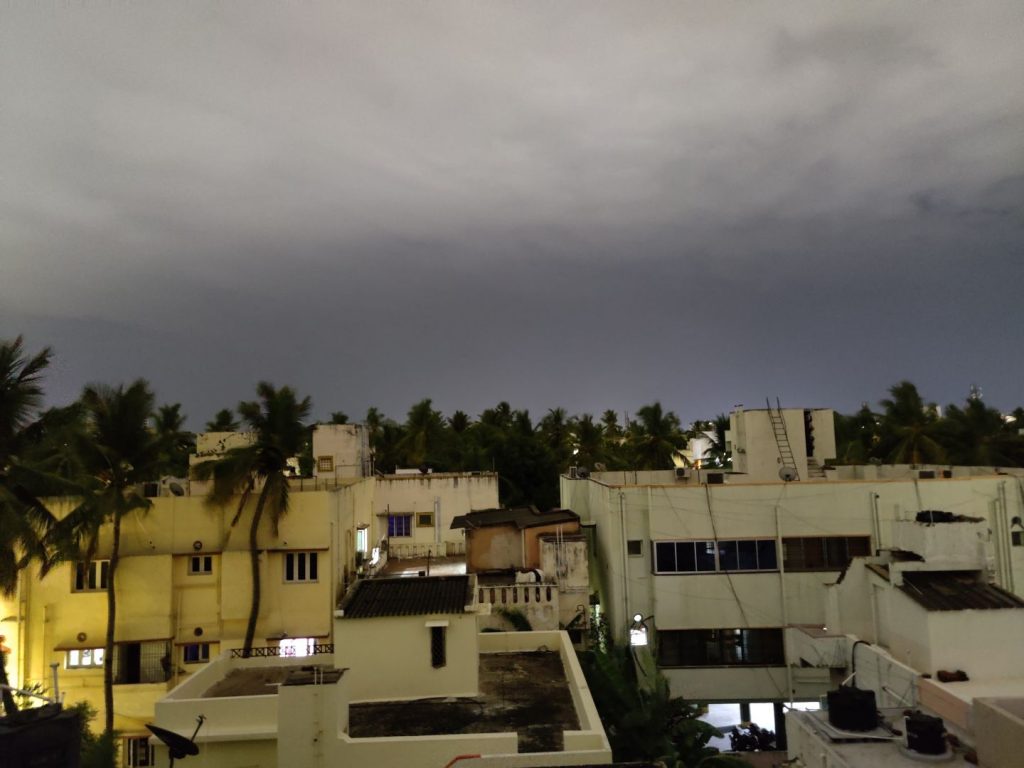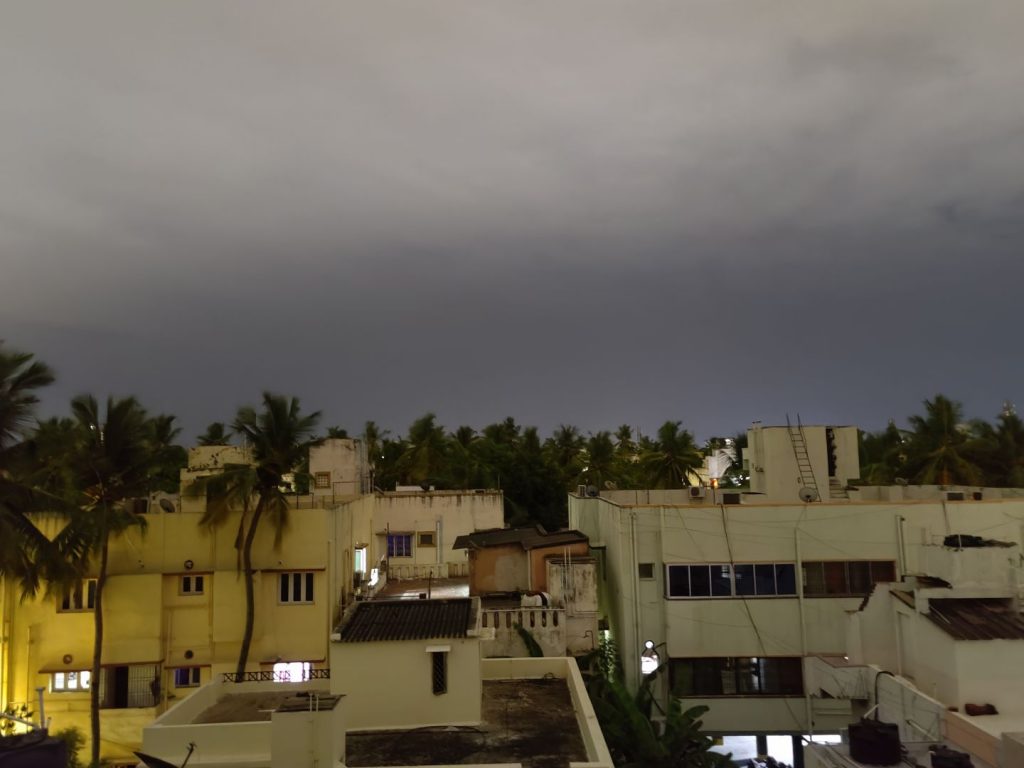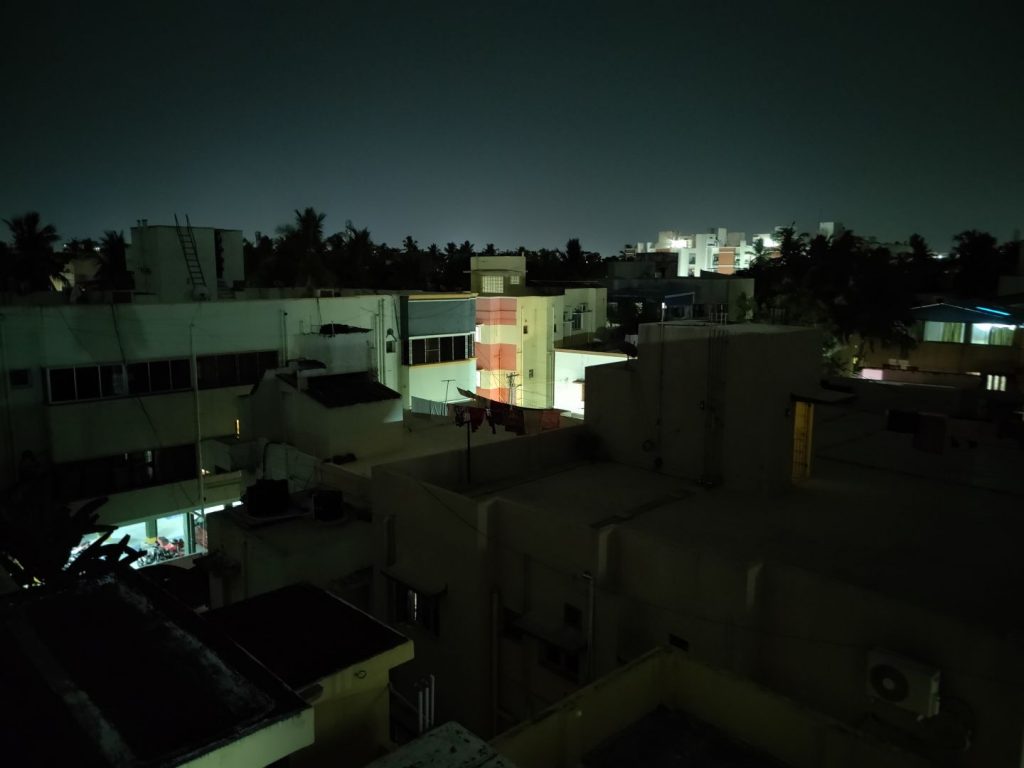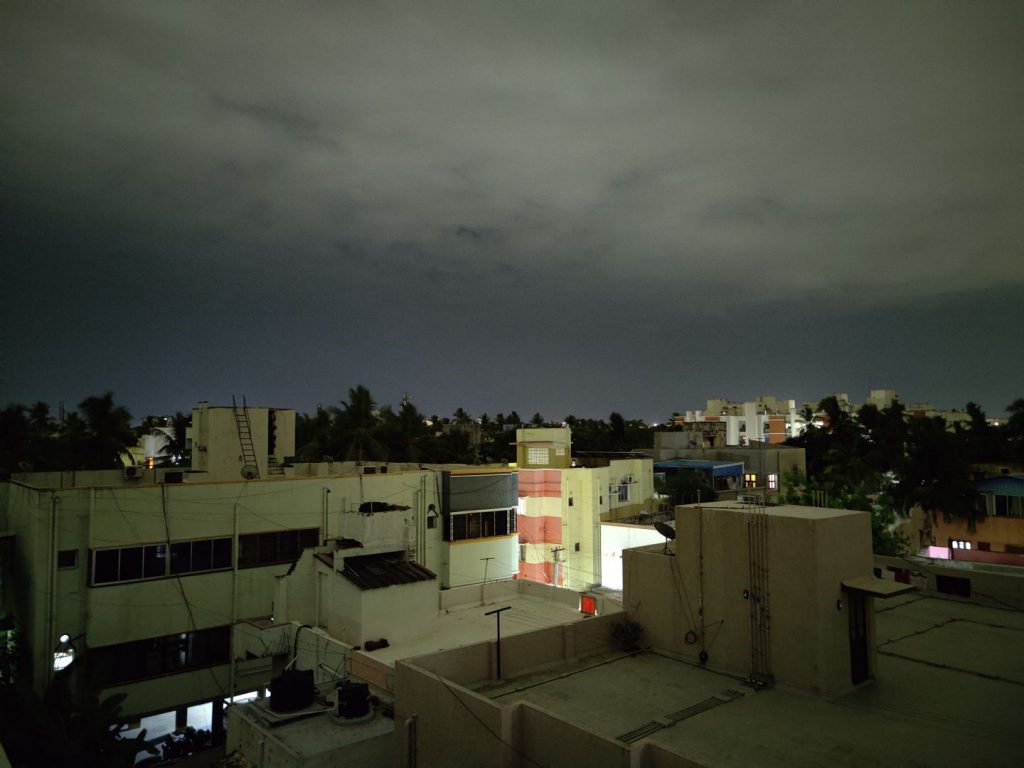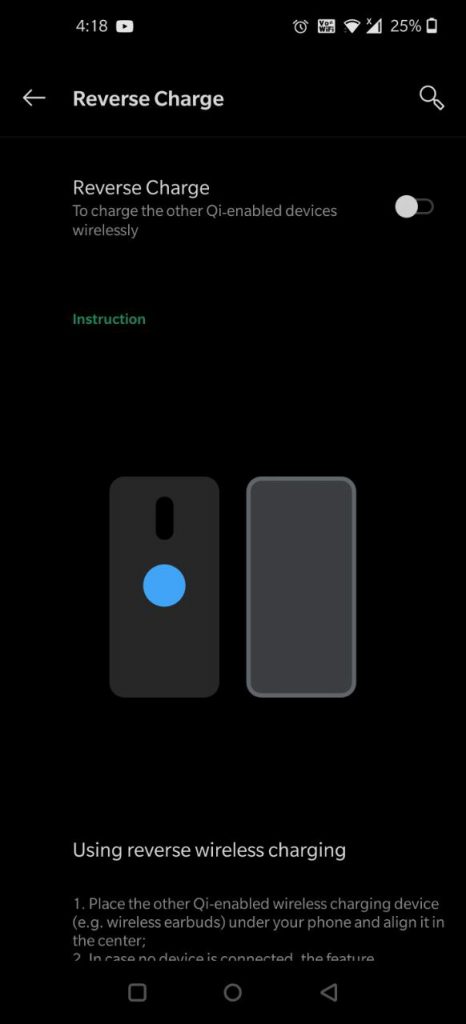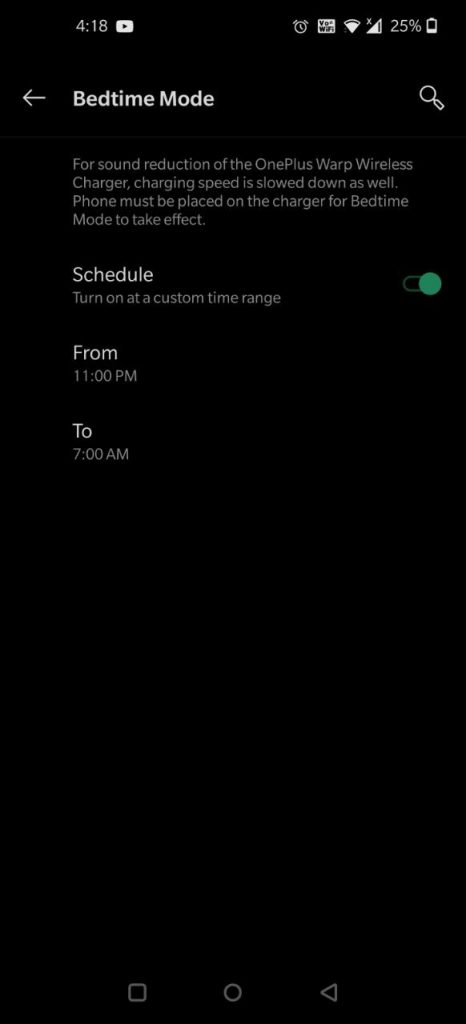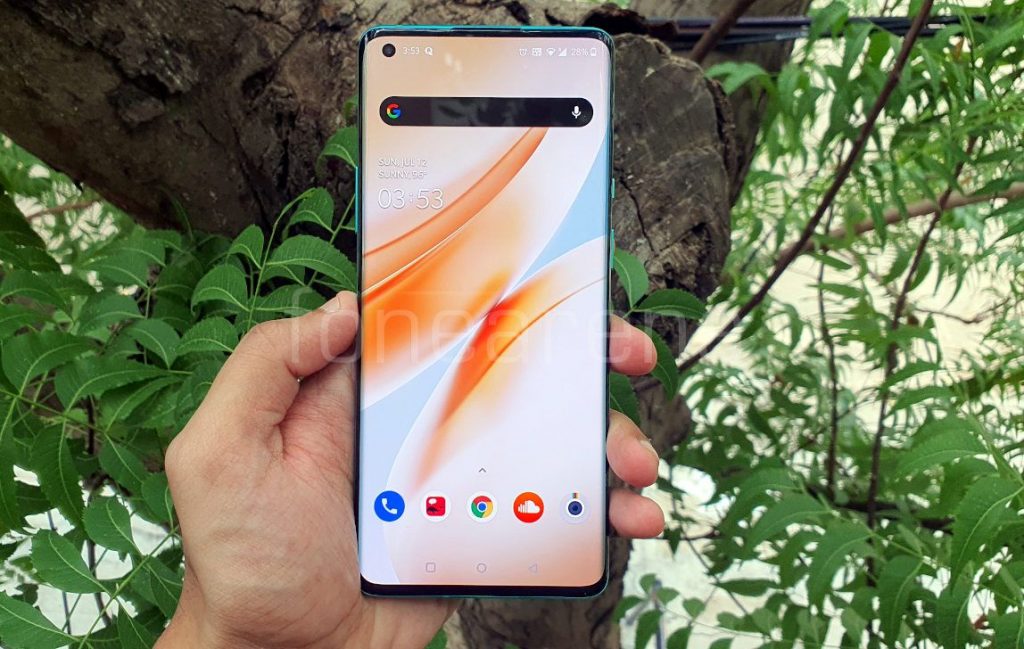
For OnePlus, the transition from ‘self-proclaimed’ killer flagship to full-fledged flagship has already been made, meaning, the company has become the very thing it initially aimed to dethrone. The OnePlus 8 Pro is a no-compromise device on papers equipped with IP68 certification, Wireless charging, 120Hz refresh rate, MEMC, and more, ready to compete in the big leagues with Galaxy S20 series and iPhone 11 series.
With Samsung S20 series priced higher, no information from the Asus and LG, in this segment, can OnePlus 8 Pro make use of this opportunity? At an asking price of around Rs. 55,000, does the latest outing from OnePlus justifies it?
What’s good?
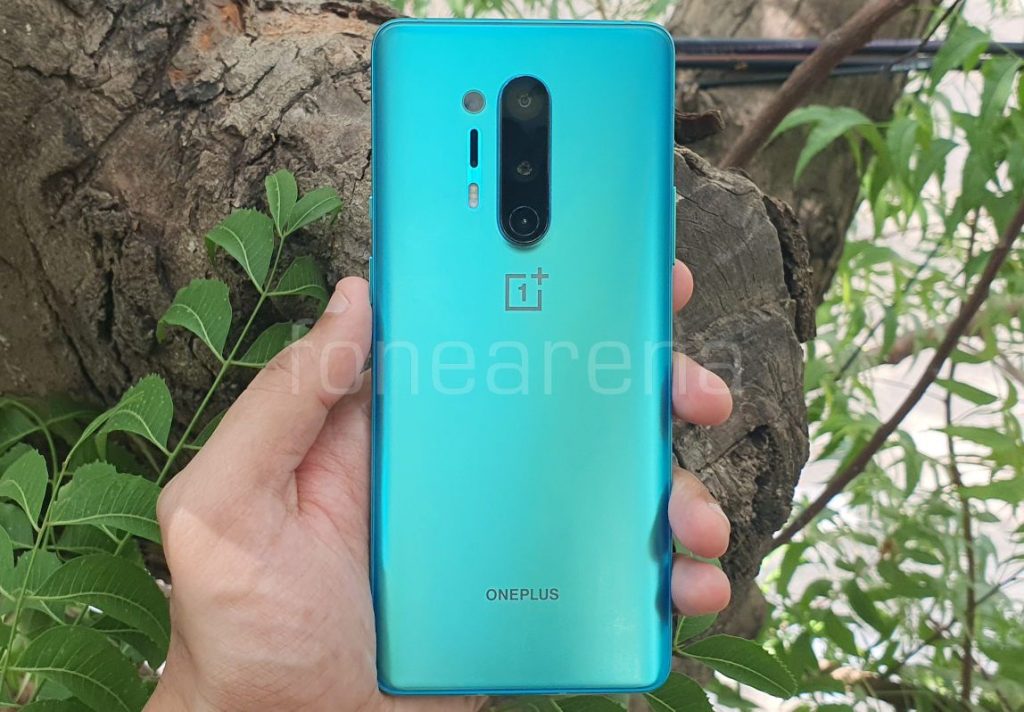
Design and Build quality — Hasn’t changed much, except…!
Let’s start with the SAR value! The OnePlus 8 Pro comes with Head SAR — 0.96W/Kg and Body SAR — 0.87W/Kg, lesser compared to the OnePlus 7T Pro. The OnePlus 8 Pro carries a similar aesthetic of the 7T Pro with a curved display, centrally positioned rear camera setup(with a slight increase in bump though), and the physical alert slider. But, the 8 Pro brings a few subtle changes as well.
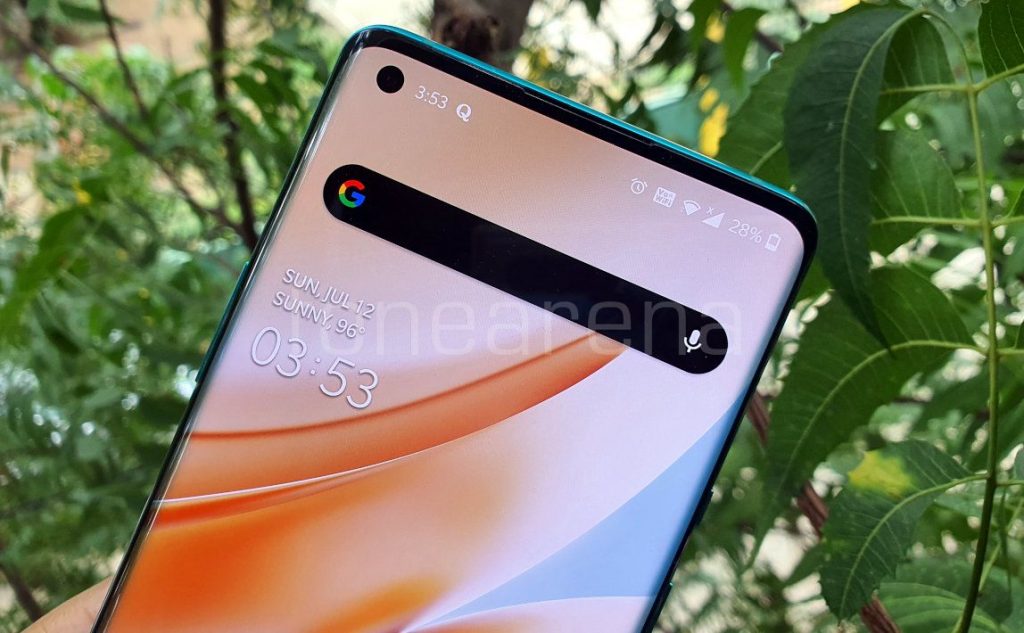
This time around, OnePlus has simplified the front camera with a punch-hole instead of a novel pop-up mechanism. I must say it is small and fairly unobtrusive. Next up is the OnePlus branding in all caps at the rear bottom, which doesn’t go well with me. Third, an independent camera module housing colour filter lens. Just like other OnePlus devices, the 8 Pro is very well crafted with, feels sturdy. At 199 grams, the device feels lighter with even weight distribution. With 8 Pro, users can relax about the fingerprint magnet, thanks to the contoured Matte AG glass finish on the back. Since it’s kind of slippery, we suggest you use it with a silicon case that has a new “Never Settle” branding across. It does add some extra grip to it.
The button & ports placements remain the same. All the buttons are adequately well-built and the feedbacks are nothing short of satisfactory. For the first time, OnePlus has produced an official IP68 certification and wireless charging feature as well. Overall, there isn’t anything dramatically new, but if you ask about the refinement made in this device, no complaints here!
Display – 120Hz, MEMC, and what not!
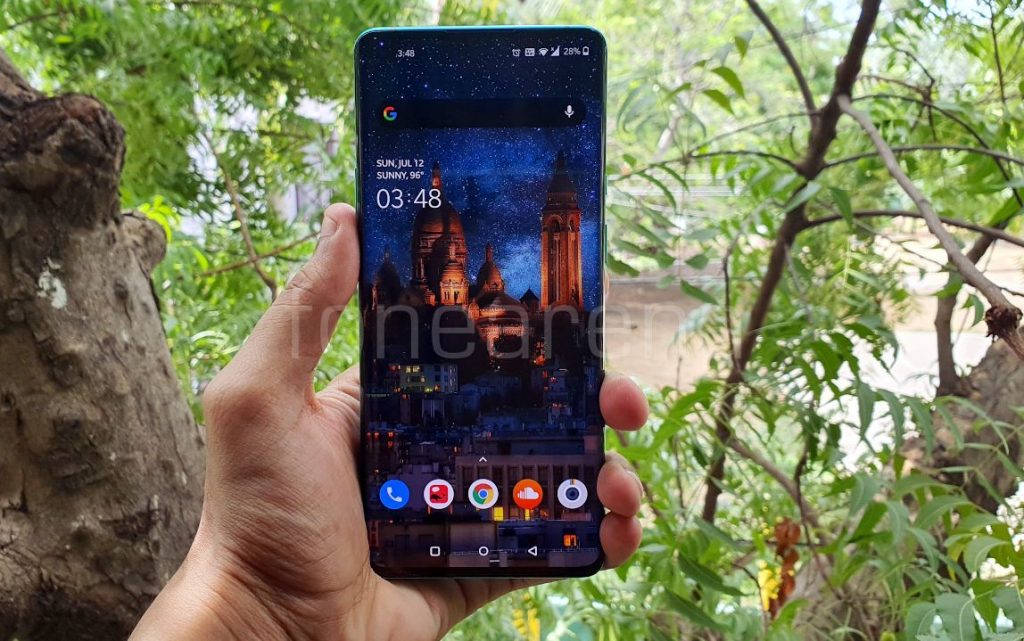
The OnePlus 8 Pro features a 6.78-inch (3168 x 1440 pixels) 19.8:9 aspect ratio Quad HD+ Fluid AMOLED display with support for a 120Hz refresh rate. It doesn’t end here as it supports HDR 10+, a 10-bit colour, 1,300 nits brightness, and of course, the MEMC. Also, DisplayMate gave A+ ratings for the device’s display. But we never go by the certification be it DisplayMate or DXOMark.
Unlike S20 Ultra which needs to be dropped to 1080p, OnePlus 8 Pro supports 120Hz at QHD resolution. The difference between 60Hz and 120Hz is evident especially when you scroll through sites, lists, and some contents. Using this combination takes a toll on battery life, but there is a way out if you toggle on the “Auto power-saving” option. Upon enabling it, the device automatically switches to the appropriate resolution without battery drain. Then there is an option to hide the punch hole camera if you find it awkward. But trust me, in the dark mode which I choose and hope you as well, hiding notch option doesn’t make any sense.
OnePlus’ emphasise on display is evident in the 8 Pro since it has a considerable number of settings to tweak. Starting with the ‘Comfort tone’, this option reads the ambient lighting around you and adjusts the screen’s colours to make it comfortable as possible. Sounds like Apple’s True Tone technology, right?
Next up is the “Vibrant colour effect pro”, this is a kind of gimmicky feature, which enhances the colour and contrast to make it more vivid. We saw it in the OnePlus 8 as “Vibrant colour effect” without a pro! Well, it’s obvious!
Next comes the MEMC (Motion Estimation, Motion Compensation) feature. OnePlus is the first company to implement this into a smartphone display followed by OPPO’s Find X2 Pro. It has a dedicated MEMC chip that transforms standard videos at 24fps up to 120 fps. The company says that it is ideal for watching sports and action-packed content since MEMC reduces motion blur, stuttering, and ghosting for unmatched clarity.
So what’s up with the motion graphic smoothing and hyper motion smoothing? On OnePlus 8 Pro, you get two modes — Motion graphics smoothing for 60fps & Hyper motion smoothing 120fps.
As per the company claims, “In 60 fps mode, it strikes a good balance between streaming performance and power consumption; while in 120 fps mode, it creates an extremely smooth video experience with slightly higher power consumption.”
You can turn on the Hyper motion smoothing by heading to Settings -> Utilities -> OnePlus Laboratory -> Hyper motion smoothing
Right now apps including YouTube, Netflix, Amazon Prime Video, Hotstar, MX Player/Pro, VLC, and OnePlus Gallery support the MEMC feature. To be honest, I didn’t use this feature very often, but when tested, it works as advertised. We tried it on YouTube and Netflix, in case, if you want to know.
Coming to the display, the colours are rich, vibrant, blacks are deep, have a very good peak brightness at 1300 nits (so you will be fine under direct sunlight) and the content consumption is excellent. There are options to calibrate the screen with three options – Vivid, Natural, and Advanced. In case, if you read a lot on-the-go, Reading Mode – Chromatic effect and Mono effect, serve you the best.
Yet another noteworthy aspect of the OnePlus 8 Pro is its 10-bit colour display. While most of the smartphones have an 8-bit screen demonstrating around 16 million colours, the latest flagship from OnePlus displays over a billion colours. This means the display can produce many shades of any colour thereby improving the whole content. Is it noticeable? Well for a phone display it is tough and it needs a native 10-bit content too. One of the best parts of Android 10 is its Gestures and Navigation, and this curved screen makes it more enjoyable.
OxygenOS – Right mix of feature and customisation!
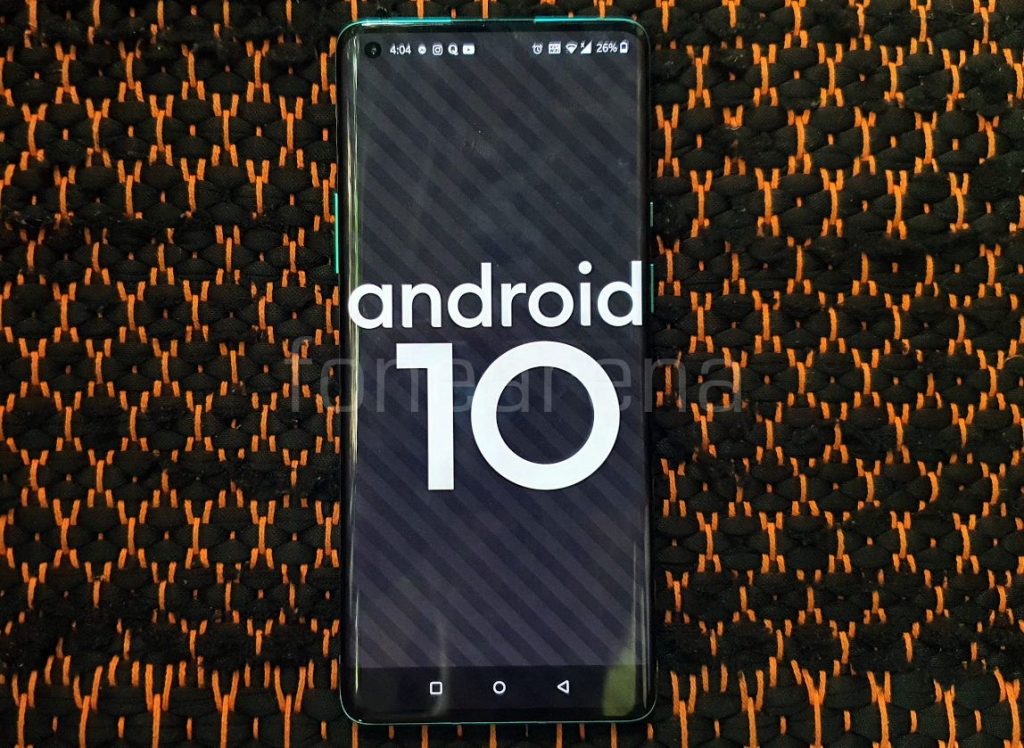
The OnePlus 8 Pro is shipped with Android 10 with OxygenOS 10.0 out of the box. OxygenOS is enough to keep me glued to OnePlus devices, no matter the compromises. Except for two to three additional features, there aren’t any major changes in the new iteration of OxygenOS. It’s worth mentioning that those features might end up in previous OnePlus devices in the future. Till now, we didn’t get Always-On display, but the company has promised to bring it with a future update, till then Ambient display is a perfect second option.
Coming to the customisation options, there are options to change accent colours, shapes of quick toggles, font styles, and icon packs. Other useful features include double tap to lock, and Launcher layout (where you can select Homescreen with App drawer or just the home screen that accommodates all apps). And there is a ‘Left most screen’ option, where you can choose to have Google news feed or OnePlus Shelf.
The Live Caption feature detects speech in media and automatically generates caption. Right now it works well with English content, and we can expect it in other languages soon. As per the company claims, this feature uses additional battery. Also, there are ways to move around and expand the caption. The Live Caption can be turned on and off through volume rockers as well. The Dolby Atmos offer three scenario-based enhancement — Dynamic, Movie, Music. It also has separate “Earphone Adjustment”, where you can play with equaliser and audio styles.
Talking about the Earphones, there is an “Earphone Mode” where you can enable a slew of options as you can from the above screenshots. These options come handy especially when you commute by bike or car.
Yet another new feature here is “Optimised charging” where it optimises charging patterns according to your usage habits to reduce battery load and extend battery life. There is an “Enable dark tone in more apps” in the OnePlus Laboratory. It enforces the dark mode in third-party apps that don’t support it. However, the feature is still experimental so some apps may not work properly.
With OnePlus 8 Series, there is an option to select the function of power keys — Power menu or Voice Assistant. There is a “Work-Life Balance” feature that categorises the notification you’d want to be notified by. This feature can be enabled with apps, Wi-Fi networks, location, and timings too.
Camera — On the right path!
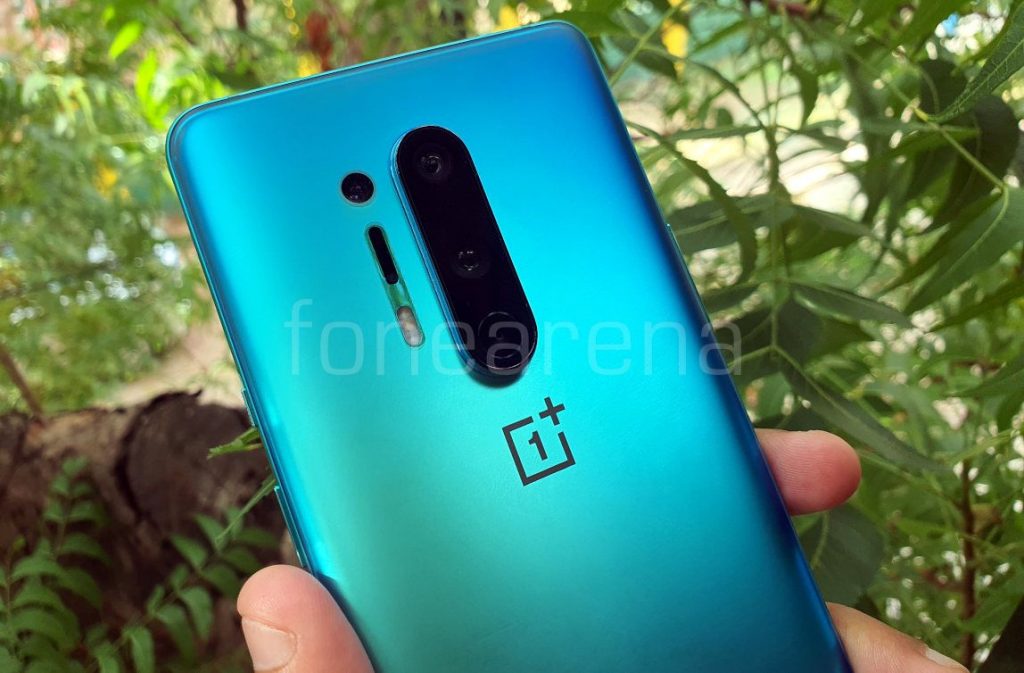
The OnePlus 8 Pro comes with a quad-camera setup:
- Primary: 48MP rear camera with Sony IMX689 sensor, f/1.78 aperture, LED Flash, 0.8μm pixel size, OIS + EIS Hybrid stabilisation, Dual Native ISO,
- Secondary: 48MP Sony IMX586 sensor with 119.7° ultra-wide lens and f/2.2 aperture
- Third: 8MP telephoto sensor with f/2.44 aperture, 3x hybrid zoom, and 30x Digital Zoom, OIS
- Fourth: 5MP colour filter camera with f/2.4 aperture
- Video capabilities: 4K video at 60 fps, 720p slow motion at 480fps, 1080p slow motion at 240fps
Right from the start, OnePlus always tried to offer a smooth and speedy experience with the latest specs. As it gradually evolved into the premium segment, a few weak points including inadequate camera stuck out like a sore thumb in an otherwise amazing package.
But this changes here!
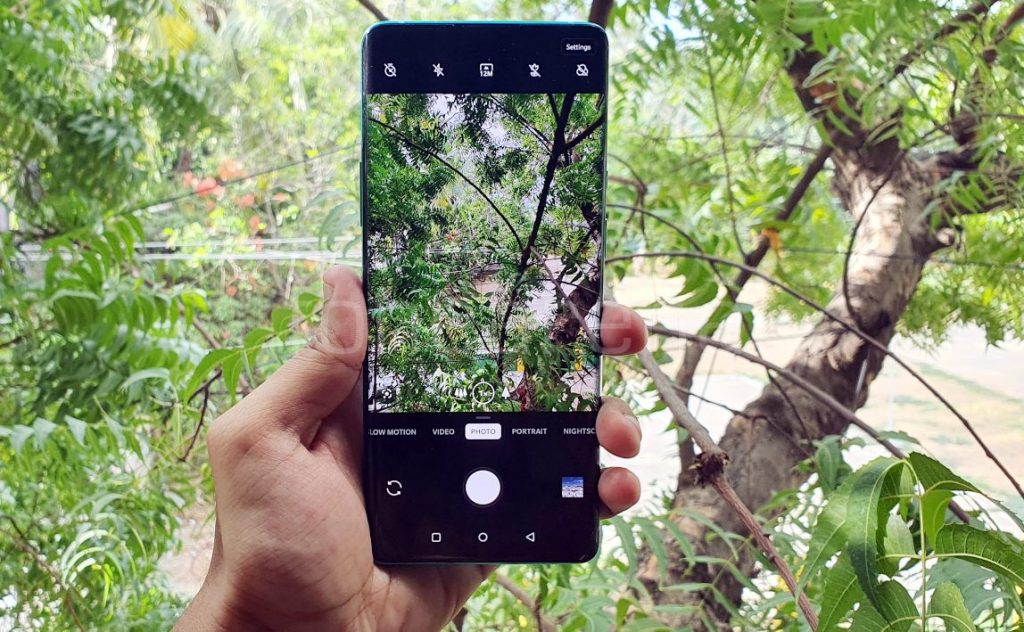
Talking about the results, the output from OnePlus 8 Pro is crisp, colour reproduction is good, focus time is fast too. Noises are very minimal. By default, the camera output comes in 12MP, but the user can shoot photos in the sensor’s full resolution. The low-light performance is much better compared to 7T Pro without needing of Nightscape. Edge detection is well-defined during the portrait.
The main camera (IMX586) behind 7 Pro, 7T, 7T Pro, and 8 is the ultra-wide camera for the OnePlus 8 Pro. It has auto-focus and doubles up for macro-photography as well. Just like the main camera, it can also shoot at 48MP. The shots came out from the ultra-wide-angle sensor are good, the dynamic range is quite good inline with the main sensor. But it suffers under the lowlight conditions. However, this can be compensated by Nightscape mode. The macro subject is easier to shoot as well and far better than the dedicated 2MP on OnePlus 8.
Moving on to the 8MP telephoto lens, the image quality is pretty good and the colours were consistent with other cameras. However, it has the significantly weaker low-light performance. It has 3X hybrid zoom, which is good and it can further digital zoom up to 30X. It is possible to get a pretty good image up to 10X. The 16MP front camera is really good, producing highly-detailed and well-toned images in a good light. It gets slightly softer in poor light though.
Check out the camera samples below!
Daylight and Macro
12MP and 48MP
Portrait and selfies!
Standard, Ultra-wide and 3X
Nightscape off & on
Performance
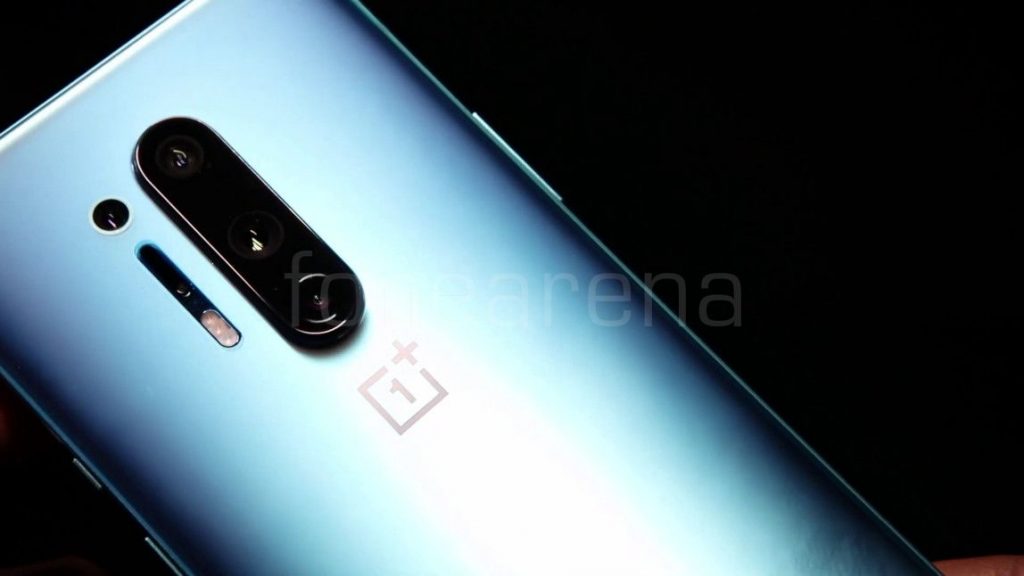
The OnePlus 8 Pro is powered by the latest Octa-Core Qualcomm Snapdragon 865 7nm Mobile Platform with Adreno 650 GPU under the hood. This chipset support 5G and has a dedicated X55 modem.
The OnePlus 8 Pro is incredibly fast and continues to do what it is best at. In our experience, we experienced zero lag, zero hitches, and it’s just pure speed and raw power. The read/write speed is more rapid, with UFS 3.0 storage.
On the multimedia front, the OnePlus 8 Pro comes with the stereo speakers with the primary loudspeaker facing downwards, and the secondary speaker doubles as the earpiece. It supports Dolby Atmos certification as well. The audio output across all the levels are enjoyable without much distortion at the higher volumes. The sound quality through headphones comes out neat without any complaints. Check out the synthetic benchmark scores below.
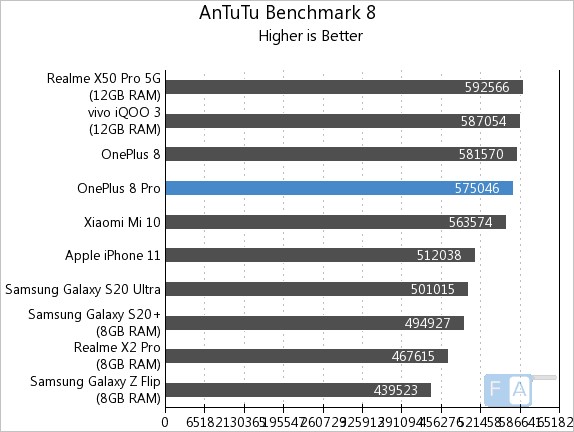
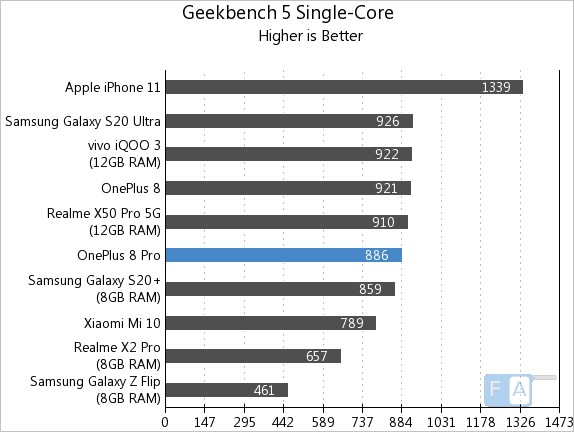
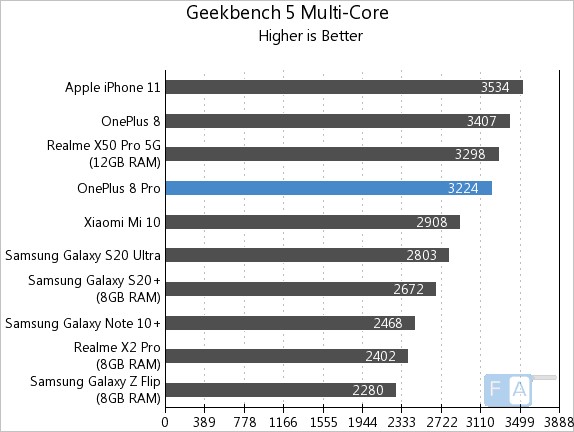
Battery — Lasts longer!
The entire OnePlus 8 Pro hardware is powered by a 4510mAh battery with Warp Charge 30T Fast Charging (5V/6A), 30W wireless fast charging, and wireless reverse charging. On my usage (casual) which involves a lot of YouTube streaming, Quora, Amazon Music, and Skyview, the 8 Pro offered comfortably around 5 hours SOT on QHD+ & 120Hz and more than 6 hours SOT on FHD+ &120Hz.
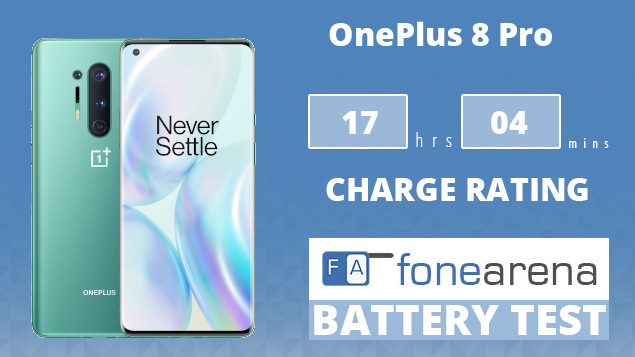
It achieved One Charge Rating of 17 hours and 4 minutes, which is slightly better than the OnePlus 7T Pro since it has a slightly bigger battery. This is in the 60Hz refresh rate, so it should be less in 120Hz. It can charge from 0 to 50% in around 20 minutes and 100% in about an hour using the bundled 30W charger.
For those who have Warp Charge 30 Wireless Charger, there is a Bedtime Mode, which tells the OnePlus 8 Pro to charge more slowly at specific times, taking away the wireless charger’s bothersome fan noise. We also tried “Reverse Charging” on Galaxy Note 10+ and Galaxy Buds+, it worked pretty well. At 3W, it charges the device at a very slow pace.
What’s not good?
Useless color filter camera!
Post the controversy, OnePlus disabled the 5MP colour filter camera. In fact, in India, it came disabled right out of the box. However, in the latest Oxygen 10.5.11.IN11DA update OnePlus fixed the issue, but not in the real sense. Instead of sorting out the issues with the colour filter lens, the company rolled out an update that uses the 48MP wide-angle camera to get the same effects using the software.
Right now, the Photochrom filter is back again and works perfectly! In this case, what’s the point of implementing a separate colour filter camera, if the same effect can be done through the 48MP ultra-wide or primary camera? Since it depends purely on the software, will the company roll out this feature to other OnePlus devices? The separate colour filter module is one of the few aspects that makes OnePlus 8 Pro unique.
Check out the Photochrom camera samples below:
Other mentions
The OnePlus 8 Pro supports connectivity options including 5G SA/NSA, Dual 4G VoLTE, Wi-Fi 6 802.11 ax 2×2 MIMO, Bluetooth 5.1, GPS (L1+L5 Dual Band) + GLONASS, NFC, USB Type-C. It also supports Audio 3D, Audio Zoom, and OZO Audio. The in-display scanner is snappy and fast, one of the best in the market at present. The call quality over earpiece and headphones is excellent as well. In terms of storage, the OnePlus 8 Pro comes in 8GB LPDDR5 RAM with 128GB (UFS 3.0) storage / 12GB LPDDR5 RAM with 256GB (UFS 3.0) storage.
Competitions
At this price point, OnePlus 8 Pro is surrounded by numerous power-packed competitors including its siblings.
- iPhone 11
- Samsung Galaxy S20+
- Xiaomi Mi 10
- iPhone XR
- OnePlus 7T Pro
Price
The OnePlus 8 Pro comes in Onyx Black (gloss-finish glass), Glacial Green (matte glass), and Ultramarine Blue (gloss-finish glass) colours. It will be available from Amazon.in and OnePlus.
- OnePlus 8 Pro (8GB + 128GB) Onyx Black and Glacial Green – Rs. 54,999
- OnePlus 8 Pro (12GB + 256GB) Onyx Black, Glacial Green and Ultramarine Blue — Rs. 59,999

